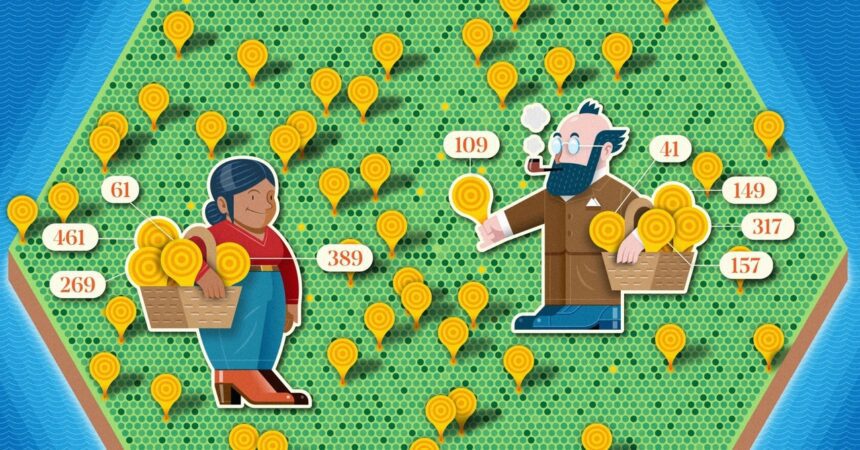Initially, this connection was not clear. They needed to investigate a specialized group of functions, referred to as Type I and Type II sums, for each iteration of their problem. Only after demonstrating that these sums were equivalent, regardless of the constraints applied, could Green and Sawhney confidently substitute rough primes into their proof without compromising the underlying information.
Soon, they had an epiphany: They could establish the equivalence of the sums by utilizing a method that each had previously encountered in their respective projects. This method, known as a Gowers norm, was conceived decades ago by mathematician Timothy Gowers as a means to assess the randomness or structure inherent in a function or set of numbers. At first glance, the Gowers norm appeared to belong to an entirely different facet of mathematics. “To an outsider, it’s nearly impossible to see the connection between these areas,” noted Sawhney.
However, leveraging a significant finding made in 2018 by mathematicians Terence Tao and Tamar Ziegler, Green and Sawhney discovered a way to link Gowers norms with Type I and II sums. In essence, they sought to utilize Gowers norms to demonstrate that their two prime sets—the one derived from rough primes and the other from actual primes—were sufficiently comparable.
Fortunately, Sawhney had the knowledge to accomplish this task. Earlier in the year, while tackling an unrelated issue, he had created a method to compare sets via Gowers norms. To his astonishment, the technique proved adequate to verify that the two sets possessed identical Type I and II sums.
Armed with this insight, Green and Sawhney successfully proved Friedlander and Iwaniec’s conjecture: There exist infinitely many primes that can be expressed as p 2 + 4q 2. They were ultimately able to expand their findings to establish that there are infinitely many primes belonging to various other families as well. This accomplishment signifies a notable breakthrough in a domain where advancements are generally infrequent.
Even more strikingly, this research showcases the Gowers norm’s potential as a powerful resource in a new mathematical realm. “Given its novelty, particularly in this aspect of number theory, there is a vast opportunity for further applications,” said Friedlander. Mathematicians are now eager to extend the reach of the Gowers norm even further—aiming to employ it in tackling additional number theory challenges beyond prime counting.
“It’s incredibly gratifying for me to witness concepts I contemplated some time ago manifesting unexpected new uses,” stated Ziegler. “It’s akin to watching your child grow up and embrace a life filled with unpredictable turns.”
This article is reprinted with permission from Quanta Magazine, an editorially independent publication of the Simons Foundation, aimed at enhancing public understanding of science through coverage of research developments and trends in mathematics and the physical and life sciences.










